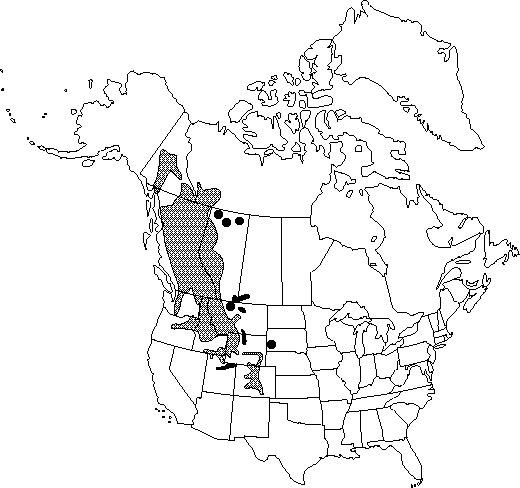Pinus contorta var. latifolia
in S. Watson, Botany (Fortieth Parallel) 331. 1871.
Trees to 46m; trunk to 0.8m diam., mostly straight and evenly tapering, or at or above timberline reduced to shrub form by wind shear; crown usually conic at maturity. Bark gray- to red-brown, not evidently furrowed, separating into loose plates. Branches mostly horizontally spreading, not ascending at tip. Leaves (4–)5–8cm × 1–2(–3)mm, yellow-green, apex narrowly acute to short-acuminate. Seed cones maturing in 2 years, then shedding seeds or variously serotinous, long-persistent, strongly asymmetric, mostly recurved, seldom whorled, mostly in 2s or solitary, mid and lower apophyses mostly much domed.
Habitat: Low to high montane forests, often to timberline
Elevation: 0–3500m
Distribution

Alta., B.C., N.W.T., Sask., Yukon, Alaska, Colo., Idaho, Mont., Oreg., S.Dak., Utah, Wash., Wyo.
Discussion
Pinus contorta var. latifolia is fire successional. It is the most wide-ranging and commercially utilized variety. Its poor self-pruning character makes it less desirable for lumber but adequate for mine timbers, fences, and pulpwood.
Lodgepole pine (Pinus contorta var. latifolia) is the provincial tree of Alberta.
Selected References
None.